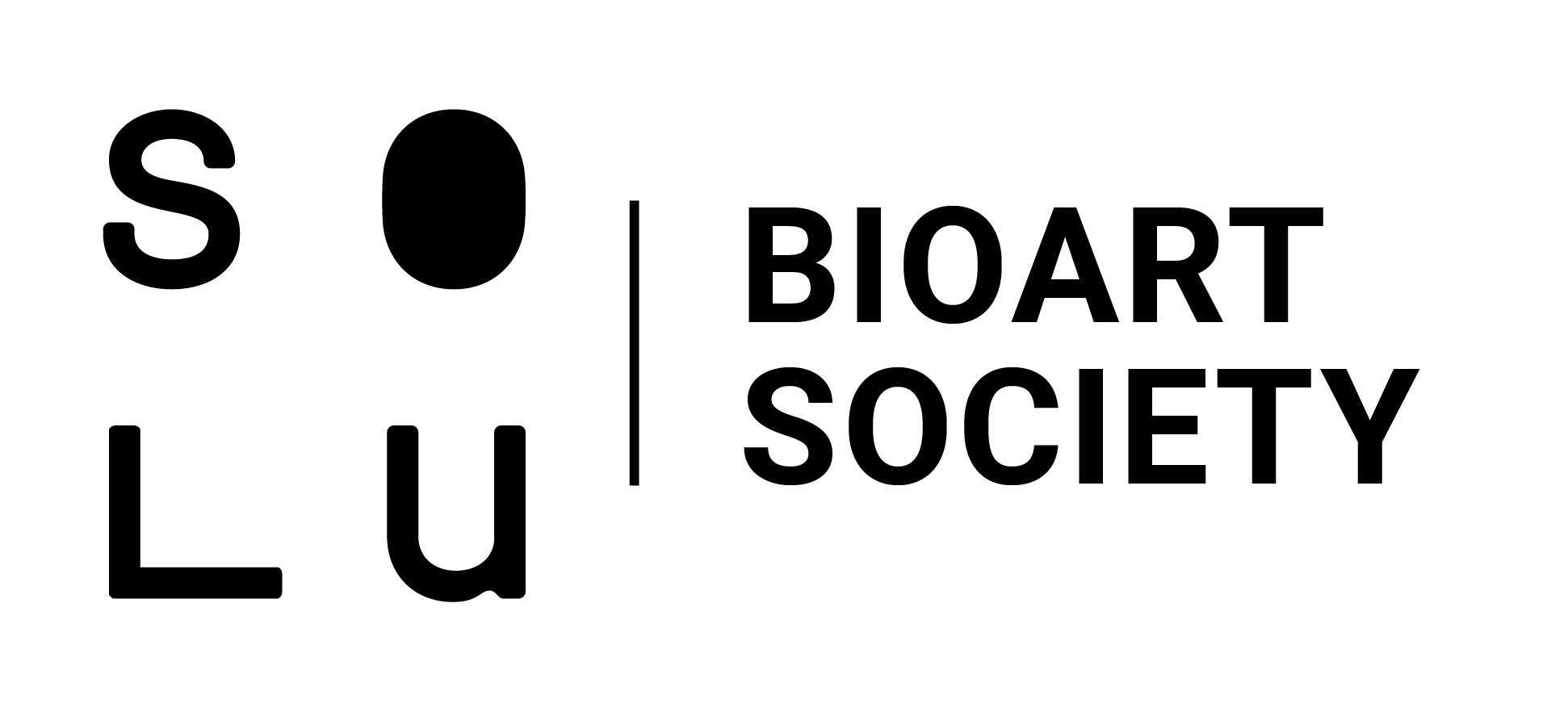Welcome to join us for a talk by Nigel Helyer, Australian based sculptor and sound artist known for his large-scale sonic installations, environmental sculpture works and new media projects. The talk is moderated by Andrew Gryf Paterson.
Friday, August 9, 2019, 17h-
SOLU Space, Luotsikatu 13
- -
Dr. Nigel Helyer is an internationally prominent sculptor and sound artist whose interdisciplinary practice combines art and science to embrace our social, cultural and physical environments. He brings these concerns together in creative projects that prompt the community to engage with their cultural histories, identity and sense of place; inviting us to examine the abstract conditions of our world and our complex relationships to it.
During the talk, Helyer and Andrew Gryf Paterson will be discussing a series of Helyer's recent sound-works, some that examine the natural world via sonifications of bio-data, others that address cultural and historical identities via poly-vocal soundscapes embedded within large public sculptures - and yet again others that function within microbiological scales.
To learn more about Helyer's practice, please visit https://www.sonicobjects.com.
-
Andrew Gryf Paterson is a Scottish 'artist-organiser', cultural producer, educator and independent researcher. He specialises in developing and leading inter- and trans- disciplinary projects exploring connections between art, digital culture and science, cultural activism, ecological and sustainability movements, cultural heritage and collaborative networks. Paterson is a member of the Bioart Society.
All Bioart Society Events have free entry. Welcome!
-
Image: Nigel Helyer, Two Islands, 2018, a public art sound-sculpture commission for the City of Hobart, Tasmania.
Notes on the image:
"This public art project was developed with the aim of representing the tangible and intangible layers of history and meaning in Franklin Square. The project was commissioned by the City of Hobart and was inaugurated in November 2018 after a three year development and building programme that included extensive community consultation and the creation of an oral-history soundscape contained within the work.
The Two Islands sculpture presents a metaphor that draws together histories of Tasmanian Aboriginal and European settler cultures in the form of two symbolic vessels. The skeleton of Sir John Franklin's ship the HMS Erebus lies wrecked alongside a contemporary representation of a traditional Tasmanian Aboriginal canoe, creating a tension that resonates with the complex histories of Tasmania.
Two Islands features a soundscape comprised of many voices and perspectives offering us potential to reflect upon the past to continue a dialogue of reconciliation into the future."

